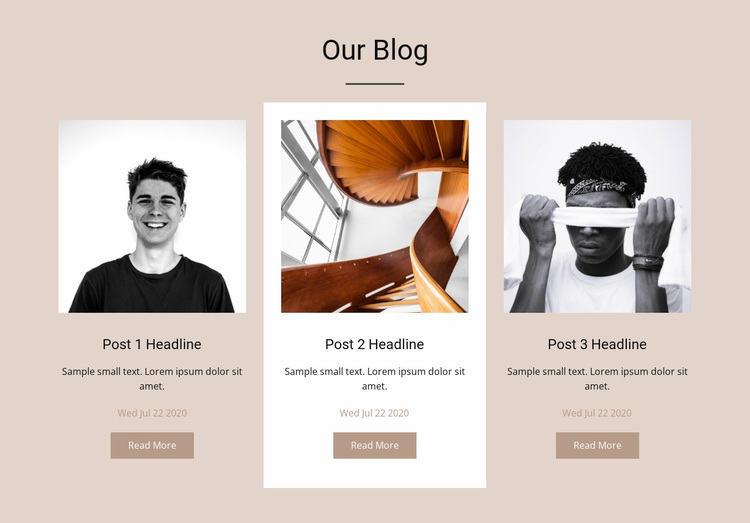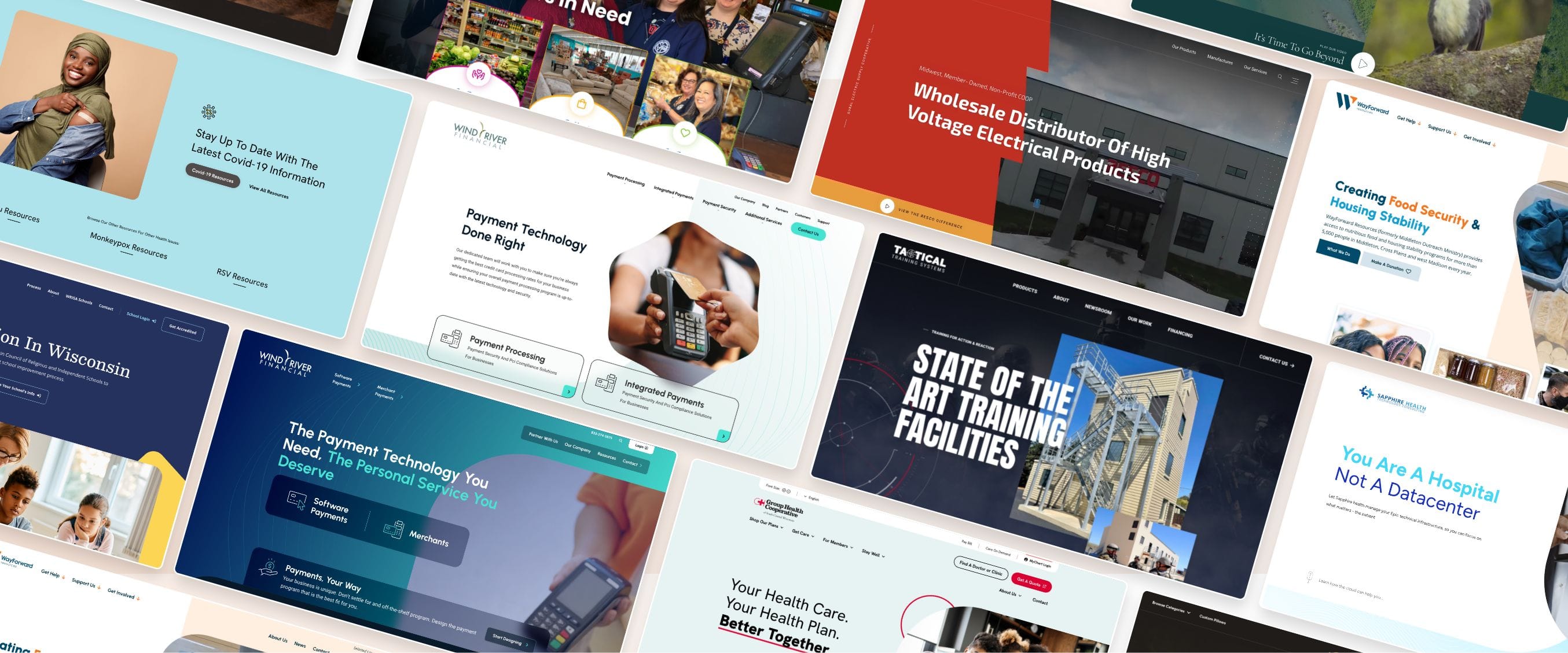Leading Tips for Creating an Impactful Site Layout That Transforms
In today's electronic landscape, the significance of an impactful internet site layout can not be overstated, especially when it comes to transforming site visitors right into clients. To achieve this, one need to think about a variety of factors, consisting of understanding the target audience, prioritizing user experience, and enhancing for mobile systems. The strategic usage of engaging call-to-actions and a distinct visual pecking order plays an important role in leading users via their journey. As we explore these crucial aspects, it comes to be apparent that the success of your web site depends upon even more than simply aesthetics; it needs a thoughtful method to design and functionality.

Understand Your Target Audience
Recognizing your target market is essential to reliable web site design, as it lays the groundwork for creating an interesting individual experience. Identifying that your users are, including their demographics, choices, and behaviors, makes it possible for designers to tailor the internet site's material, format, and performance to satisfy certain needs.
Carrying out extensive market research is critical in this procedure. Studies, meetings, and analytics can provide important insights right into individual assumptions and pain points. By compiling this information, designers can create customer personalities that stand for different sectors of the audience, guaranteeing that layout decisions are informed and relevant.
In addition, recognizing the target market helps in choosing proper design elements such as color schemes, typography, and imagery that reverberate with users. A site that speaks directly to its target market cultivates a feeling of connection and trust fund, encouraging longer check outs and higher conversion rates.
Eventually, a user-centered technique to site layout not only boosts customer contentment but also supports service objectives by driving involvement and commitment. By focusing on the needs and preferences of the target audience, an internet site can effectively serve its function and achieve preferred results.
Prioritize Individual Experience
To enhance the total efficiency of a web site, focusing on individual experience (UX) is necessary (Website Design). A well-designed UX makes certain that visitors can navigate the site effortlessly, discover details promptly, and involve with material meaningfully. This leads to enhanced user fulfillment and higher conversion prices
Begin by applying user-friendly navigation. Menus must be logically structured, enabling users to find key areas of the site with marginal initiative. Consistency in layout components, such as shade plans and font styles, fosters familiarity, which is important for preserving user involvement.
Additionally, take into consideration the packing rate of your site. A delay of simply a couple of secs can lead to considerable drop-offs, as individuals are much less likely to wait for a slow-loading web page. Improving images and maximizing code can improve performance and maintain visitors.
By focusing on customer experience, you not only create a much more satisfying setting for visitors but likewise enhance your brand's reputation. Inevitably, a focus on UX is an investment in the lasting success of your website.
Optimize for Mobile Gadgets
Optimizing for smart phones is essential in today's digital landscape, where a boosting number of customers accessibility web sites through mobile phones and tablets. A mobile-friendly style not only improves user experience yet also plays a substantial duty in improving online search engine rankings. To accomplish this, it is important to adopt a responsive style that automatically changes to numerous screen dimensions and orientations.

Filling speed is another critical variable; mobile individuals are usually less person and expect fast accessibility to info. Optimize pictures and take advantage of browser caching to boost efficiency. Finally, examination your site on numerous tools and display resolutions to identify and remedy any possible use concerns. By prioritizing mobile optimization, you ensure that your web site remains affordable and effectively involves a broader audience.
Use Compelling Call-to-Actions
A website's efficiency usually rests on its ability to assist site visitors towards wanted activities, making compelling call-to-actions (CTAs) important elements of layout. CTAs function as the pivotal points that direct individuals to engage with the site, whether that implies buying, registering for a newsletter, or downloading and install a source.
To develop efficient CTAs, clearness is vital. Use succinct language that plainly connects the activity you desire the user to take. Phrases such as "Begin," "Sign Up Free," click over here or "Store Now" not just communicate seriousness however likewise get rid of ambiguity. The placement of CTAs is equally essential; they ought to be tactically positioned throughout the website to ensure they are easily noticeable, specifically in high-traffic areas.
Moreover, the layout of dig this CTAs need to stand out without being obtrusive. Use contrasting shades and clear font styles to ensure they record focus. Furthermore, consider making use of directional signs, such as arrows or images, to guide customers toward these buttons. By concentrating on these aspects, businesses can significantly boost individual engagement, driving conversions and inevitably accomplishing their site's objectives.
Focus on Visual Power Structure
Efficient internet site style counts heavily on a well-structured aesthetic hierarchy that overviews users with content effortlessly. By arranging aspects in a fashion that prioritizes info, developers can enhance individual experience and promote decision-making. This involves making use of size, color, comparison, and spacing purposefully to accentuate one of the most crucial parts of a webpage.
Making use of bigger typefaces for headings and subheadings establishes a clear distinction in between various areas, allowing individuals to check material effortlessly. Furthermore, utilizing different colors for buttons and calls-to-action can catch customer focus and encourage interaction. Whitespace is one more essential element; it stops mess and enables individuals to concentrate on vital messages without distractions.
Images and graphics ought to match the message while likewise sticking to the established hierarchy, strengthening the general message (Website Design). Consistency in style aspects, such as color design and typography, additional enhances the visual pecking order, making navigating instinctive

Verdict
In conclusion, reliable website layout requires a comprehensive understanding of the target audience, prioritization of customer experience, linked here and mobile optimization. Ultimately, a well-executed internet site style offers as a vital component in driving individual actions and accomplishing company purposes.